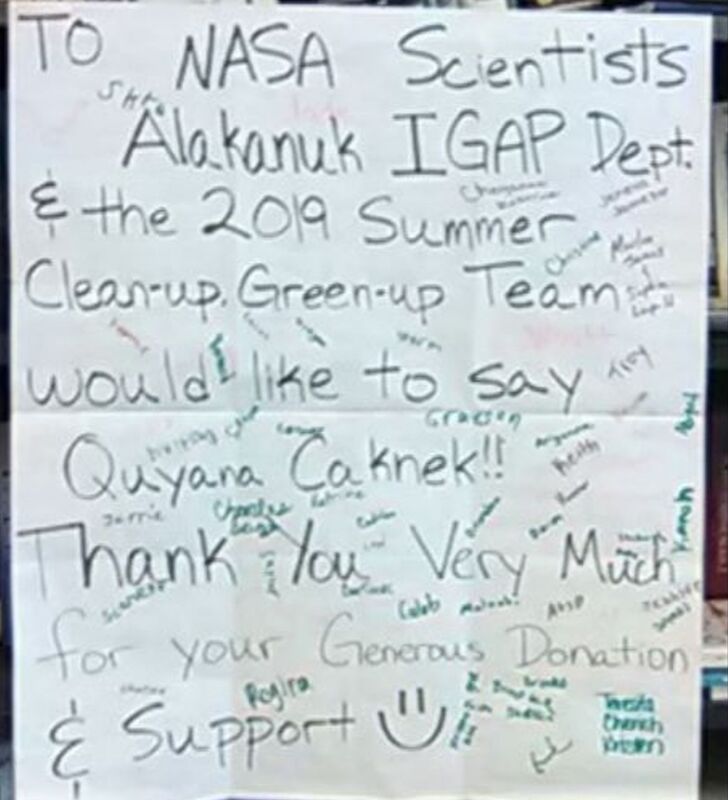A Collaborative Project Studying Arctic Delta and Coastal Margins
as Buffers and Transformers of Carbon Along a Rapidly Changing Land-Ocean Continuum.
Rapid change in the Arctic system is altering land-ocean linkages.
The Arctic Ocean is freshening, acidifying, and its ice cover is declining. On land, ice-free periods in rivers and lakes are lengthening, permafrost is thawing, coastlines are eroding, and freshwater and carbon cycles are intensifying. The timing and magnitude of the spring freshet, one of the most extreme hydrological events and biogeophysical forcings in the Arctic, is shifting.
Yet, estimates of the changing carbon fluxes across these inherently linked systems—the land, the ocean, and the rivers that connect them—are poorly constrained, increasing uncertainties in our understanding and modeling of their impacts on coastal and ocean pH, food webs, and with respect to climate.
The Arctic Ocean is freshening, acidifying, and its ice cover is declining. On land, ice-free periods in rivers and lakes are lengthening, permafrost is thawing, coastlines are eroding, and freshwater and carbon cycles are intensifying. The timing and magnitude of the spring freshet, one of the most extreme hydrological events and biogeophysical forcings in the Arctic, is shifting.
Yet, estimates of the changing carbon fluxes across these inherently linked systems—the land, the ocean, and the rivers that connect them—are poorly constrained, increasing uncertainties in our understanding and modeling of their impacts on coastal and ocean pH, food webs, and with respect to climate.
Community EngagementOur team includes local Alaskan communities and students from the Lower Yukon School District to integrate community based monitoring in our field activities and inform this study based on local knowledge on ecosystem trends.
|
ApproachIntegration of satellite observations with field observations and modeling of the coupled physical-biogeochemical processes that transform organic and inorganic carbon as it moves from the Alaskan terrestrial landscape to the Yukon River, delta and adjacent northern Bering Sea.
|
Study RegionArctic river deltas are among the most unique and fragile deltas on Earth and are changing rapidly as permafrost thaws and sea ice retreats.
The Yukon River-Bering Sea continuum is one of the most productive areas for Alaska fisheries and simultaneously a "ground zero" for climate change. |



